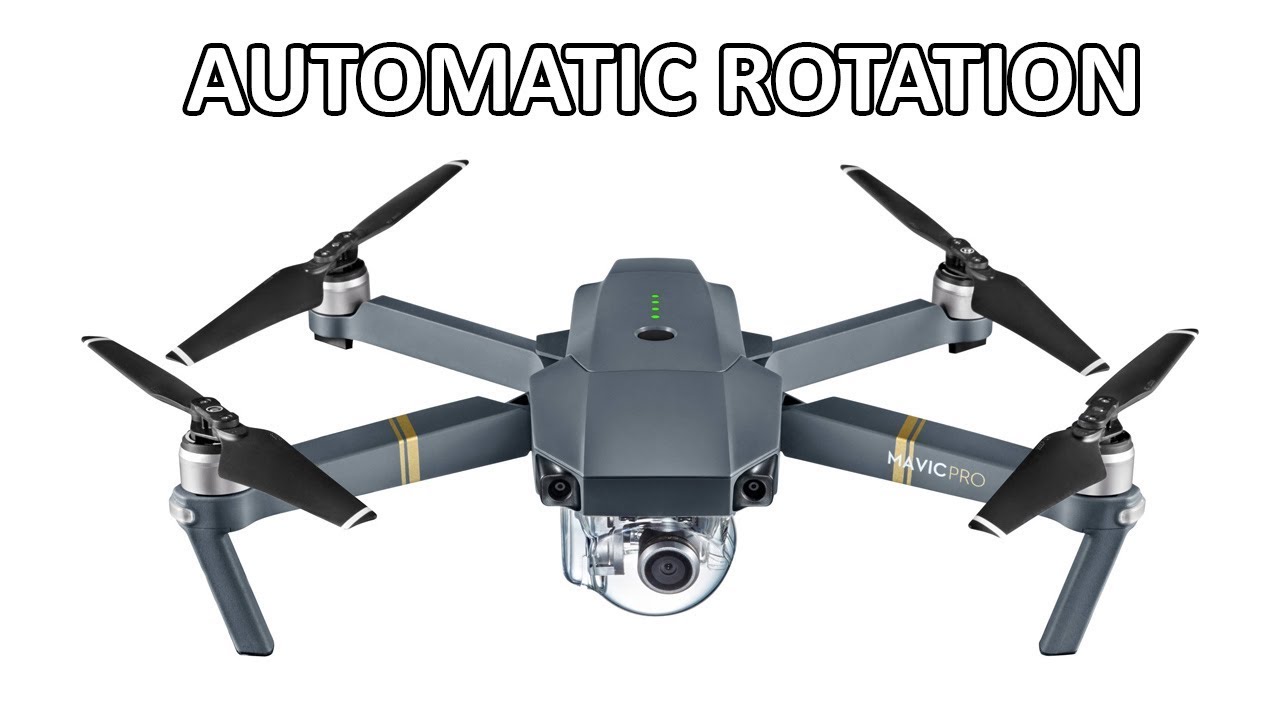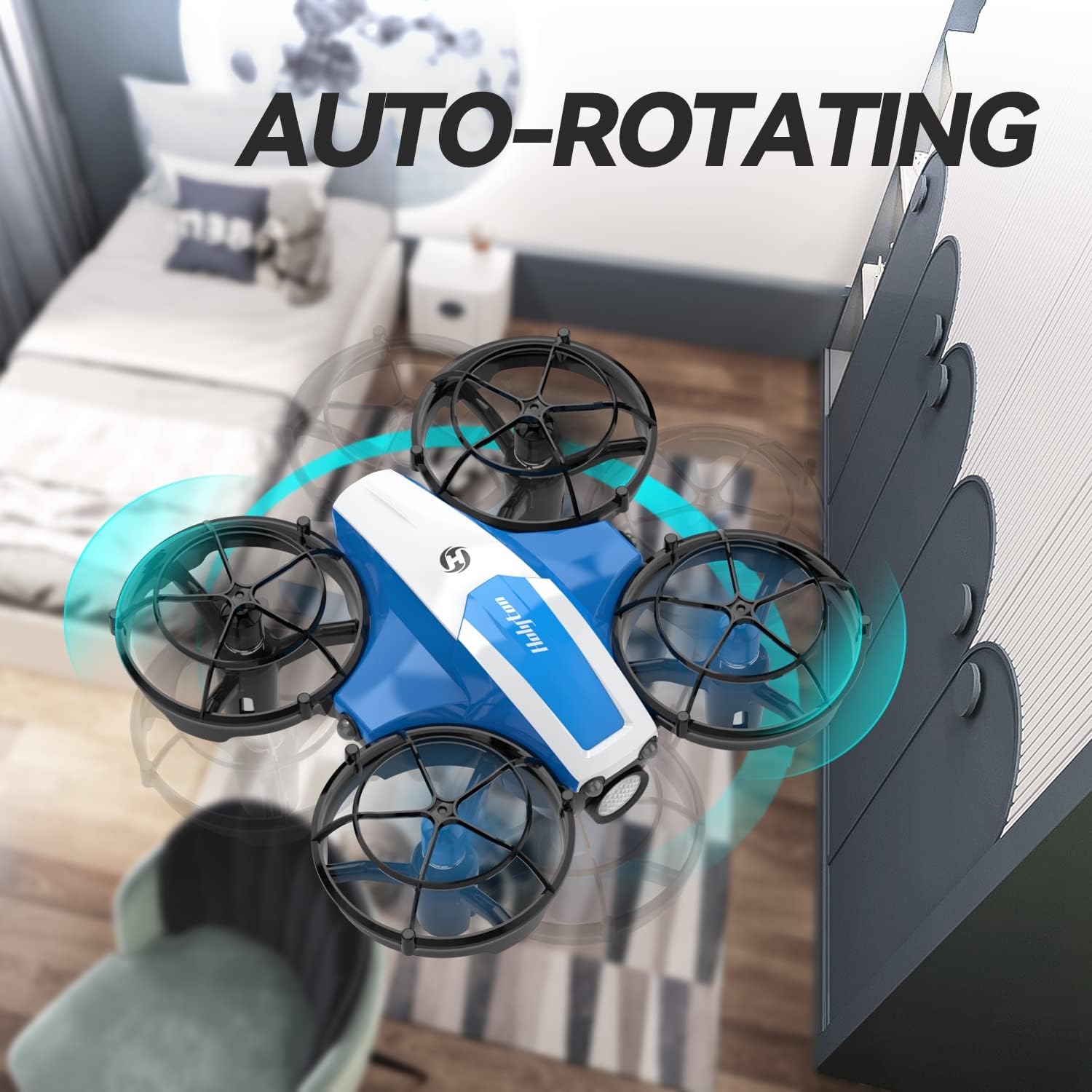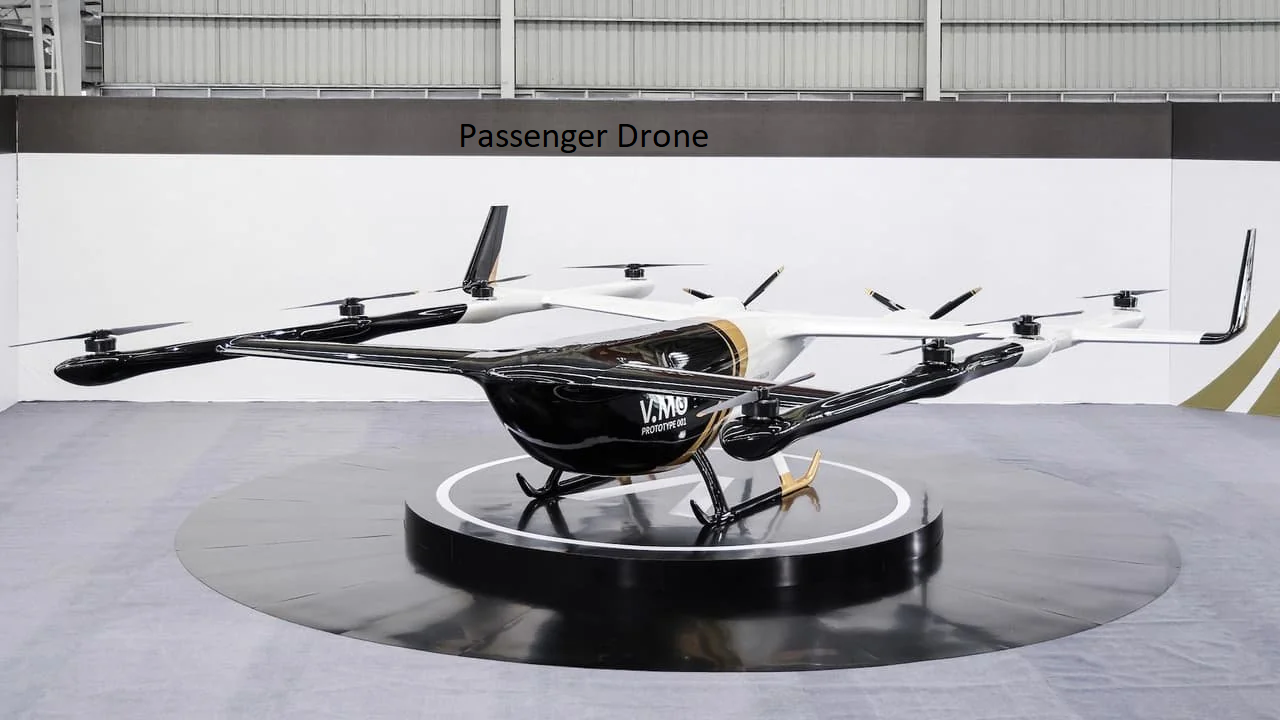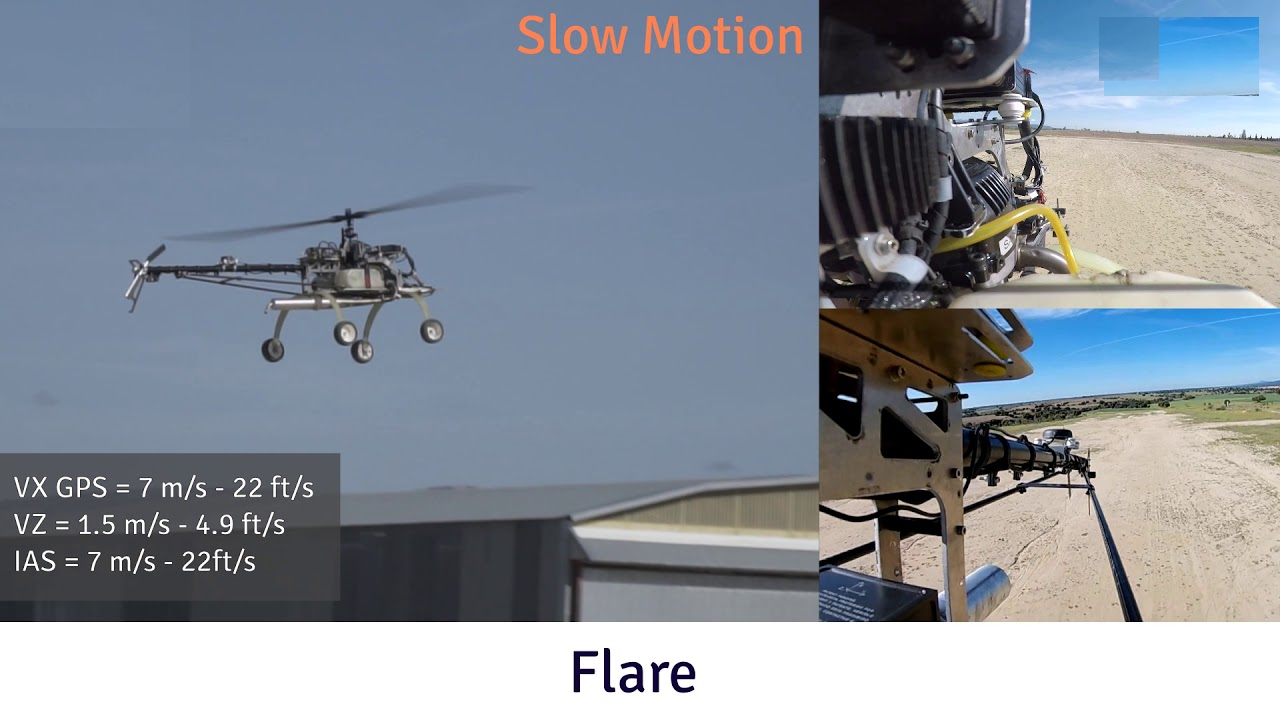
In the ever-evolving world of drone technology, the question on everyone's mind is, "Can drones auto rotate?" Buckle up as we embark on an exciting journey to unveil the secrets of this fascinating aerial maneuver.
Auto rotation isn't just a buzzword; it's the game-changer in drone safety, and in this exploration, you'll learn how drones can perform this life-saving maneuver with precision and grace. Join us as we demystify the capabilities, benefits, and the crucial mechanics behind auto rotation.
Imagine your drone encountering unexpected turbulence or losing power mid-flight. The ability to auto rotate can mean the difference between a safe landing and a costly crash. In this revealing discussion, we'll delve into the mechanics of drone auto rotation, its applications, and why it's a vital skill every drone operator should understand.
Whether you're a seasoned pilot or a curious beginner, our comprehensive insights will empower you to harness the full potential of your drone and ensure it returns to terra firma safely.
What Is Auto Rotation?
Autorotation is a phenomenon that occurs when a drone's propellers are not powered. The air flowing over the blades of the propellers causes them to spin, which in turn creates lift. This lift allows the drone to stay in the air for a short period of time, even without power.
Autorotation can be used to safely land a drone if it loses power. By maneuvering the drone so that the propellers are facing into the wind, the pilot can use autorotation to slow the drone's descent and land it safely.
Here is a more detailed explanation of how autorotation works:
- When a drone is flying, its propellers are powered by electric motors. This power causes the propellers to spin, which in turn creates lift.
- If the drone loses power, the propellers will stop spinning. However, the air flowing over the blades of the propellers will cause them to continue spinning, but at a slower speed.
- The slower rotation of the propellers will still create lift, but not as much as when the propellers are powered.
- This reduced lift is still enough to keep the drone in the air for a short period of time.
- The pilot can use this time to maneuver the drone to a safe landing spot.
To use autorotation to land a drone safely, the pilot should follow these steps:
- Immediately turn off the drone's motors.
- Point the drone's nose into the wind.
- Gently lower the drone's throttle.
- Use the drone's controls to steer the drone to a safe landing spot.
Autorotation can be a lifesaver for drone pilots. By understanding how autorotation works and how to use it safely, pilots can avoid crashes and damage to their drones.
How Drone Propellers Actually Work?
Drone propellers work by creating a pressure difference between the top and bottom of the blade. This pressure difference is created by the shape of the blade and the way it spins.
As the propeller spins, the air on the top of the blade moves faster than the air on the bottom of the blade. This is because the top of the blade is moving in the direction of rotation, while the bottom of the blade is moving against the direction of rotation.
The faster-moving air on the top of the blade has lower pressure than the slower-moving air on the bottom of the blade. This pressure difference creates lift, which is the force that pushes the drone up into the air.
In addition to lift, drone propellers also create thrust. Thrust is the force that propels the drone forward. Thrust is created by the angle of the propeller blades. As the propeller blades spin, they push the air backwards. This backward push creates thrust, which propels the drone forward.
The amount of lift and thrust that a drone propeller creates depends on a number of factors, including the size of the propeller, the shape of the propeller blades, the speed of rotation, and the angle of the propeller blades.
The propeller blades are angled so that they push the air backwards. This backward push creates thrust, which propels the drone forward. The shape of the propeller blades also creates lift, which is the force that pushes the drone up into the air.
Drone propellers are typically made of a lightweight but strong material, such as plastic or carbon fiber. The propellers are attached to the drone's motors, which spin the propellers at high speed. Drone propellers are essential for flight. Without propellers, a drone would not be able to generate lift or thrust, and would therefore not be able to fly.
Can A Passenger Drone Perform Auto-rotation?
Whether or not a passenger drone can perform autorotation depends on a number of factors, including the design of the drone and the type of propellers it uses.
1. Helicopter-style drones -with multiple rotors that can change pitch may be able to perform autorotation, but this is not guaranteed. The rotors need to be able to change pitch quickly enough to generate enough lift to slow the drone's descent.
2. Fixed-wing drones -with propellers that cannot change pitch cannot perform autorotation. This is because the propellers cannot generate enough lift to slow the drone's descent.
Some passenger drones are being developed with helicopter-style rotors that can change pitch. If these drones are designed correctly, they should be able to perform autorotation in the event of a power loss. However, it is important to note that autorotation is a complex maneuver, and even experienced pilots can make mistakes.
Here is a more detailed description of the challenges of autorotation for passenger drones:
- Weight - Passenger drones are much heavier than typical recreational drones. This makes it more difficult for them to generate enough lift to slow their descent during autorotation.
- Wind conditions -Autorotation is more difficult in windy conditions. This is because the wind can affect the way the propellers spin and generate lift.
- Altitude - Autorotation is less effective at high altitudes. This is because there is less air density at high altitudes, which makes it more difficult for the propellers to generate lift.
Despite these challenges, some companies are developing passenger drones that are capable of autorotation. These drones are still in the early stages of development, but they have the potential to provide a safer way to transport passengers.
How To Design A Drone To Have Auto Rotation?
To design a drone to have autorotation, you need to consider the following factors:
- Rotor design -The rotors must be able to change pitch quickly enough to generate enough lift to slow the drone's descent. This can be achieved by using rotors with a high aspect ratio (long and thin) and a symmetrical airfoil shape.
- Rotor placement - The rotors should be placed in a way that maximizes lift and minimizes drag. This can be achieved by placing the rotors in a staggered configuration or by using multiple rotors.
- Flight control system -The flight control system must be able to detect a power loss and quickly switch to autorotation mode. The flight control system must also be able to adjust the pitch of the rotors to maintain a safe rate of descent.
Here are some additional considerations for designing an autorotation-capable drone:
- Weight:The drone should be as lightweight as possible to maximize its autorotation performance.
- Center of gravity -The drone's center of gravity should be located below the rotors to ensure stability during autorotation.
- Aerodynamics -The drone should be designed to minimize drag and maximize lift. This can be achieved by using a streamlined body shape and airfoils on the wings and tail.
Once you have considered all of these factors, you can begin to design your drone. Here are some general steps:
- Choose a suitable rotor design and placement.
- Design the flight control system to detect power loss and switch to autorotation mode.
- Design the drone to be lightweight with a low center of gravity and good aerodynamics.
- Build and test your drone to ensure that it is autorotation-capable.
It is important to note that designing an autorotation-capable drone is a complex task. It is important to have a good understanding of the physics of autorotation and the design of drones. It is also important to test your drone thoroughly to ensure that it is autorotation-capable before flying it in real-world conditions.
Here are some examples of autorotation-capable drones:
- Ingenuity (Mars helicopter)
- Volocopter 2X (passenger drone)
- EHang 184 (passenger drone)
- Aurora Passenger Air Vehicle (passenger drone)
These drones are all still in the early stages of development, but they have the potential to revolutionize the way we travel.
How Do Drones Fly?
Drones are typically controlled using a remote controller. The remote controller sends signals to the drone's flight controller, which tells the drone how to fly. The flight controller adjusts the speed of the propellers to control the drone's pitch, roll, and yaw.
Drones fly using four main principles. Here is a more detailed explanation of how each of these principles works:
Lift
Lift is the force that pushes a drone up into the air. It is generated by the propellers spinning the air. The propeller blades are shaped in a way that creates a pressure difference between the top and bottom of the blade. The faster-moving air on the top of the blade has lower pressure than the slower-moving air on the bottom of the blade. This pressure difference creates lift, which pushes the drone up into the air.
Thrust
Thrust is the force that propels a drone forward. It is also generated by the propellers. The angle of the propeller blades determines how much thrust is generated. For example, if the propeller blades are angled so that they push the air backwards, this will generate thrust, which will propel the drone forward.
Balance
Drones must be balanced in order to fly properly. This means that the weight of the drone must be evenly distributed around its center of gravity. The flight controller uses sensors to detect the drone's position and adjust the speed of the propellers to maintain balance.
Stability
Drones must also be stable in order to fly properly. This means that the drone must be able to maintain its orientation and avoid tipping over. The flight controller uses sensors to detect the drone's orientation and adjust the speed of the propellers to maintain stability.
- Drone Inversion -Two of the diagonal motors are slowed down and the other two are accelerated when you want the drone to turn. Recall that the motors close to each other spin in opposing directions, so you can slow down two of them that are moving in one way and speed up the other two. The drone will lift off the ground more quickly the quicker the propellers rotate. The drone won't change height because of a continuous lift, but it will turn in place because of an increase in angular momentum.
- Direction of Rotor -The drone is a quadcopter with four rotors that may each travel at a different speed because they are attached to separate motors. While the other two diagonal motors revolve counter-clockwise, the two diagonal rotors will spin in a clockwise direction. The drone remains constant because to the equilibrium between the two opposing spins. Thus, the entire quadcopter would rotate if all of the rotors spun in the same direction, creating a net torque. The air is compressed by the rotors as they spin together, and the rotors are compressed by the air. The drone rises into the sky when its rotors spin quickly, and it falls toward the earth when they slow down.
FAQ's About Can Drones Auto Rotate?
Can Drones Rotate?
Yaw is the clockwise or counterclockwise spin of a drone. In order for the drone to employ yaw to rotate left, the number 1 and 4 propellers move at normal speed, while the number 2 and 3 propellers move at high speed. To rotate right, propellers 1 and 4 move at high speed and propellers 2 and 3 move at normal speed.
What Does Auto Orientation Do On A Drone?
Auto orientation refers to a feature found on some drones that allows them to automatically orient themselves in relation to the user, the ground, and other objects in their environment.
How Safe Is Autorotation?
If the pilot flubs the flare and landing, the result is frequently survivable. The reason is that even a flubbed autorotation will reduce the vertical speed.
Conclusion
In conclusion, the ability of drones to auto rotate is a pivotal element of modern drone technology. It serves as a safety net, offering a lifeline in emergency situations, and is a testament to the incredible advancements in autonomous flight. By allowing drones to glide to safety when power is lost, auto rotation ensures not only the preservation of your valuable equipment but also the safety of people and property on the ground.
Moreover, the journey to explore whether drones can auto rotate underscores the endless possibilities within the realm of unmanned aerial systems. It's a testament to the relentless innovation and adaptation of technology, driven by the pursuit of enhanced safety and performance. As we look to the future, the capabilities of drones will only expand, and auto rotation is just one example of the incredible feats they can achieve.


